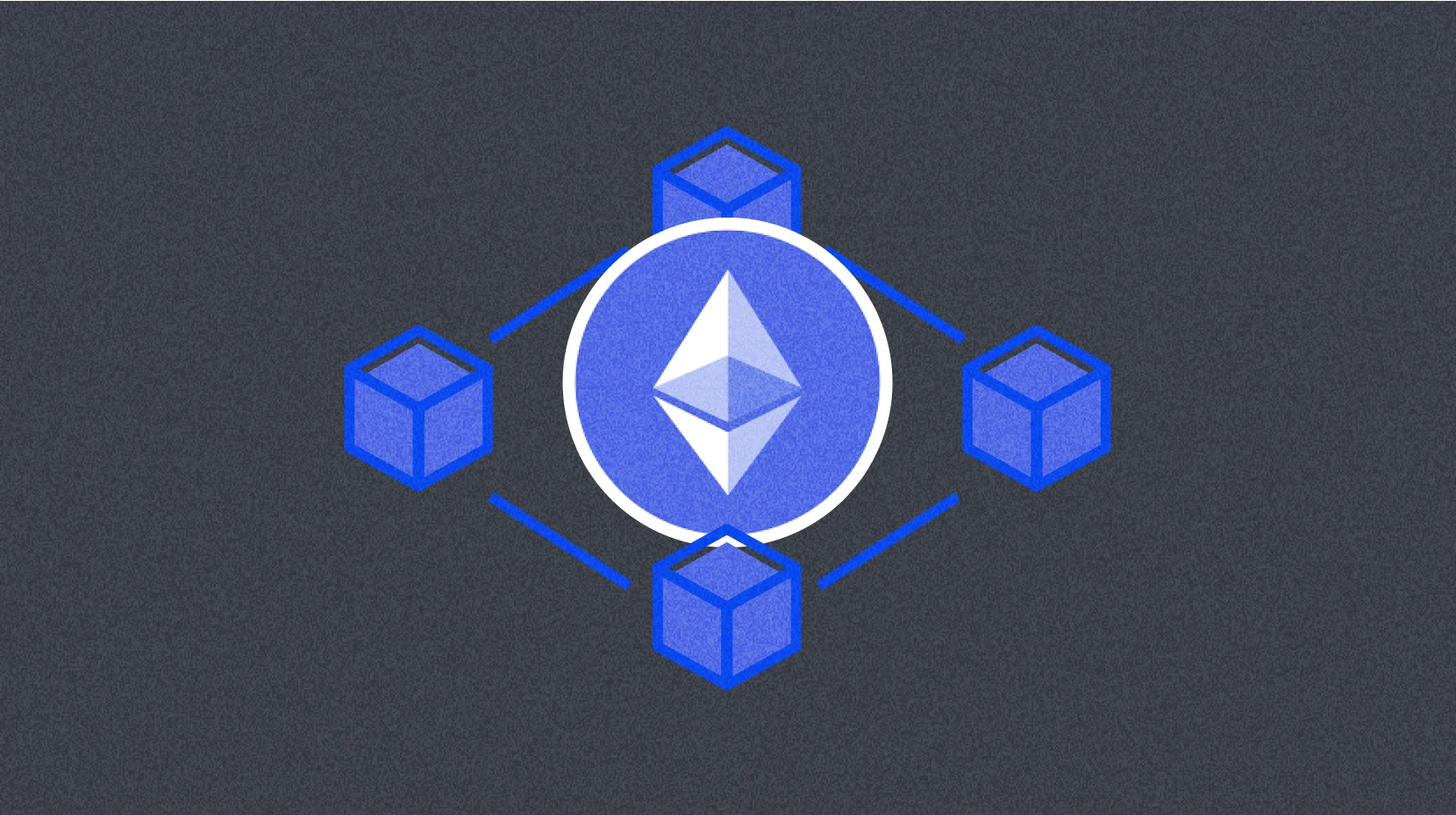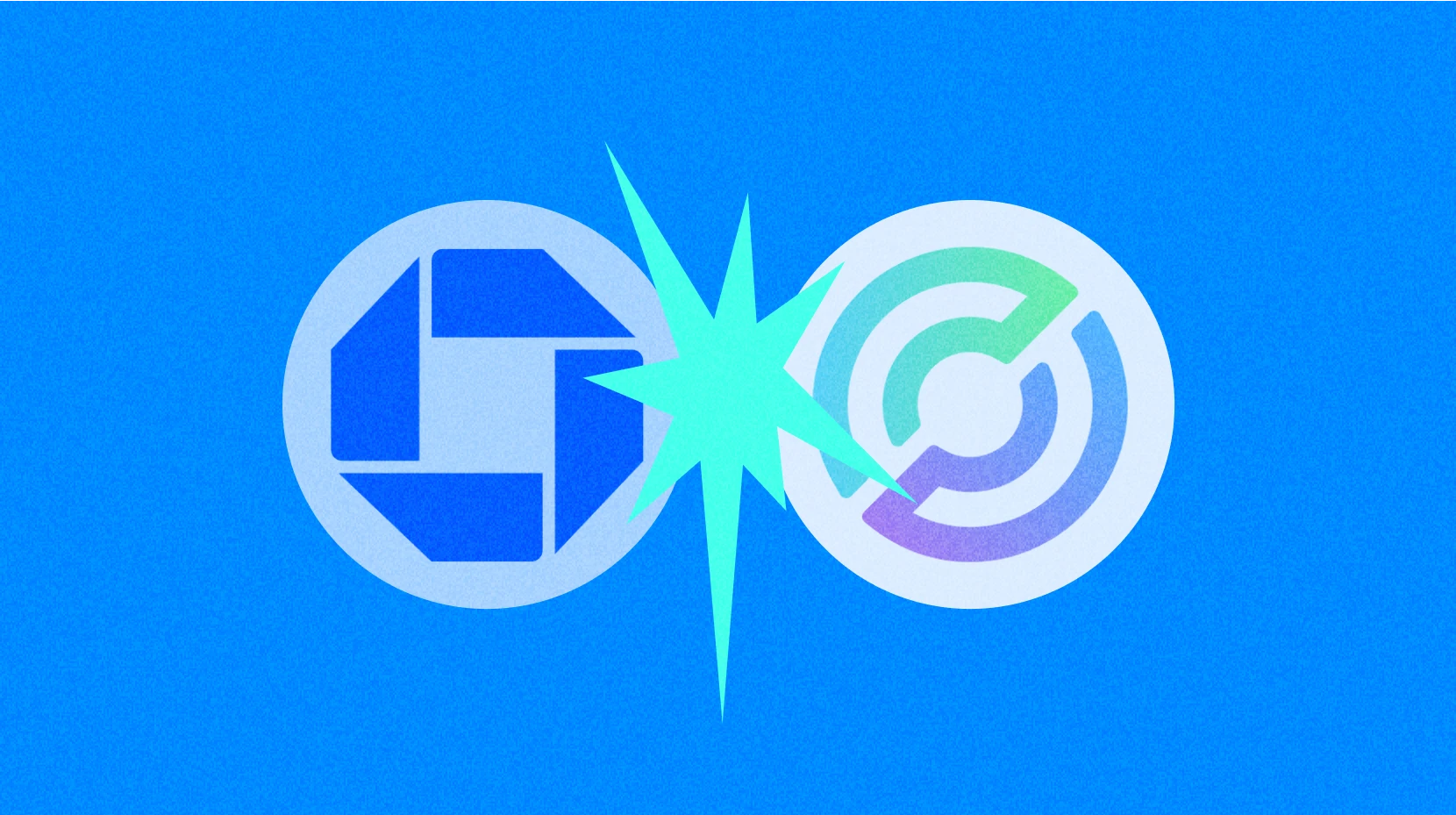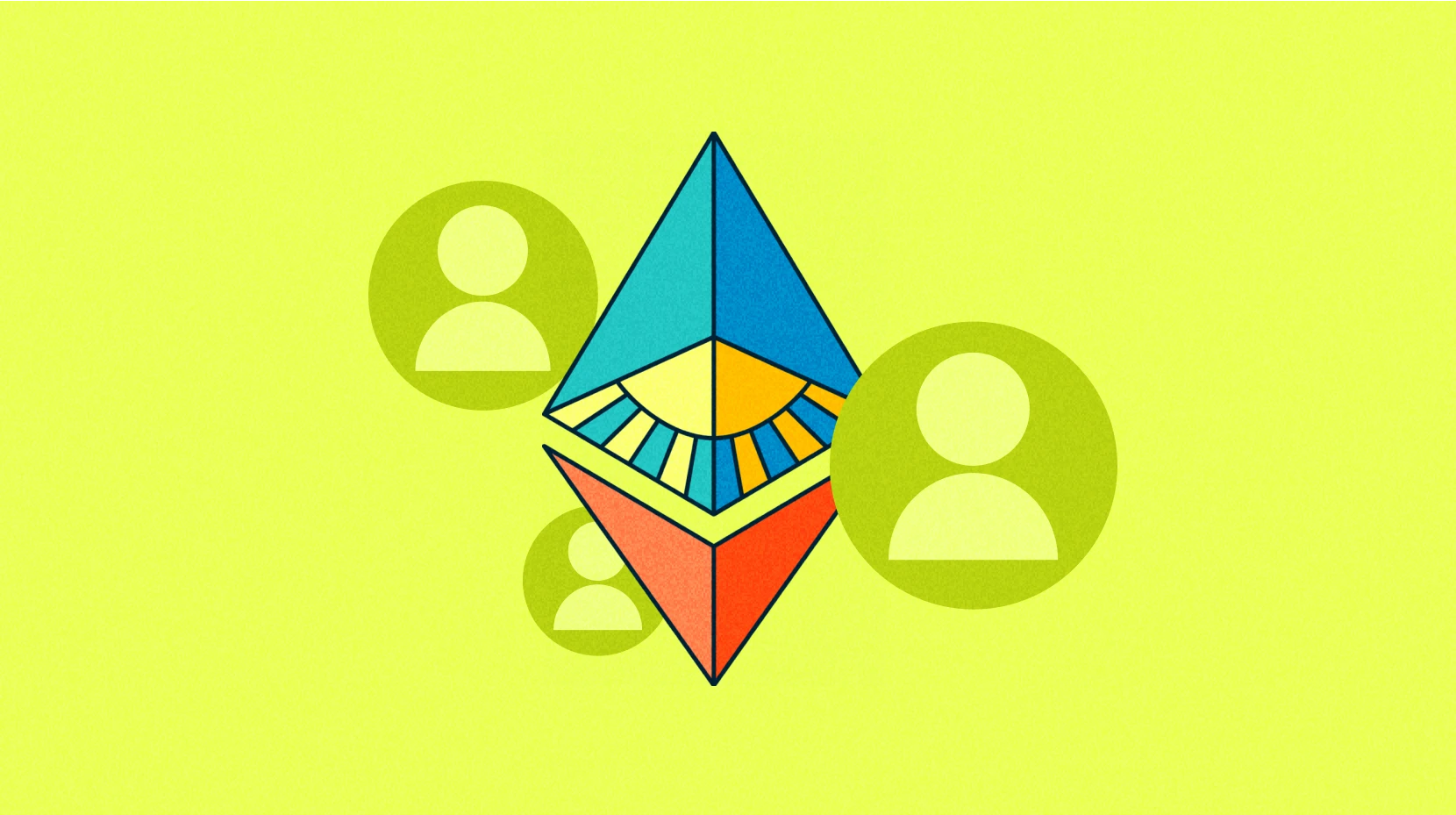Makaleler
HepsiAltcoin'lerBitcoinBlok zinciriDeFiEthereumAlım SatımEğiticiTrade BotlarıBRC-20DAOMakro TrendlerCüzdanlarInscriptionTeknolojiMemeAISocialFiDePinStablecoinFinansModüler Blok ZincirleriSıfır Bilgi KanıtıRestakingKripto AraçlarıAirdropGüvenlikProje AnaliziCryptoPulseAraştırmaTON EkosistemiKatman 2SolanaMiningGüncel KonularSui Ekosistemi Zincir SoyutlamaHızlı OkumalarVideoGünlük RaporPiyasa Tahminiİşlem Botları
Daha Fazlası
Yükselen/düşen rengi
Change & Chart Start-End Time
Öğrenmek İstediğiniz Konuyu Seçin
Son makaleler
Diğer

Orta Seviye
Ethereum
Ethereum Merkez Bankasına Dönüşebilir Mi?
Bu makale, Ethereum'un bir akıllı sözleşme platformundan küresel merkeziyetsiz deftere evrimsel mantığını, gelişim yolunun sıralanması yoluyla analiz ediyor; özellikle Katman 1 (L1) ve Katman 2 (L2) katmanlı mimarisinin değer yakalama ve ekolojik refah üzerindeki etkisini inceliyor.
7/16/2025, 11:27:02 AM

Orta Seviye
Blok zinciri
Zincir Üstü Finansta Mücadele: Yeni Düzeni Kim Kuracak?
Bu rapor, Tiger Research tarafından hazırlandı. Zincir üstüi finansal alandaki ana oyuncuların stratejik yaklaşımlarını ve bunların finansal altyapının geleceği üzerindeki yapısal etkilerini analiz etmektedir.
7/16/2025, 11:19:51 AM

Orta Seviye
Ethereum
EthCC 2025'in Öne Çıkan Konuları: Gizlilik, Tokenizasyon ve Mobil Deneyimler
Geçtiğimiz hafta binlerce kişiyi Cannes'a toplayan 7. yıllık EthCC, Akdeniz sıcağının dolu gündeme duyulan inşaatçı coşkusunu azaltamadığı bir etkinlik oldu.
7/16/2025, 11:14:19 AM
Diğer
